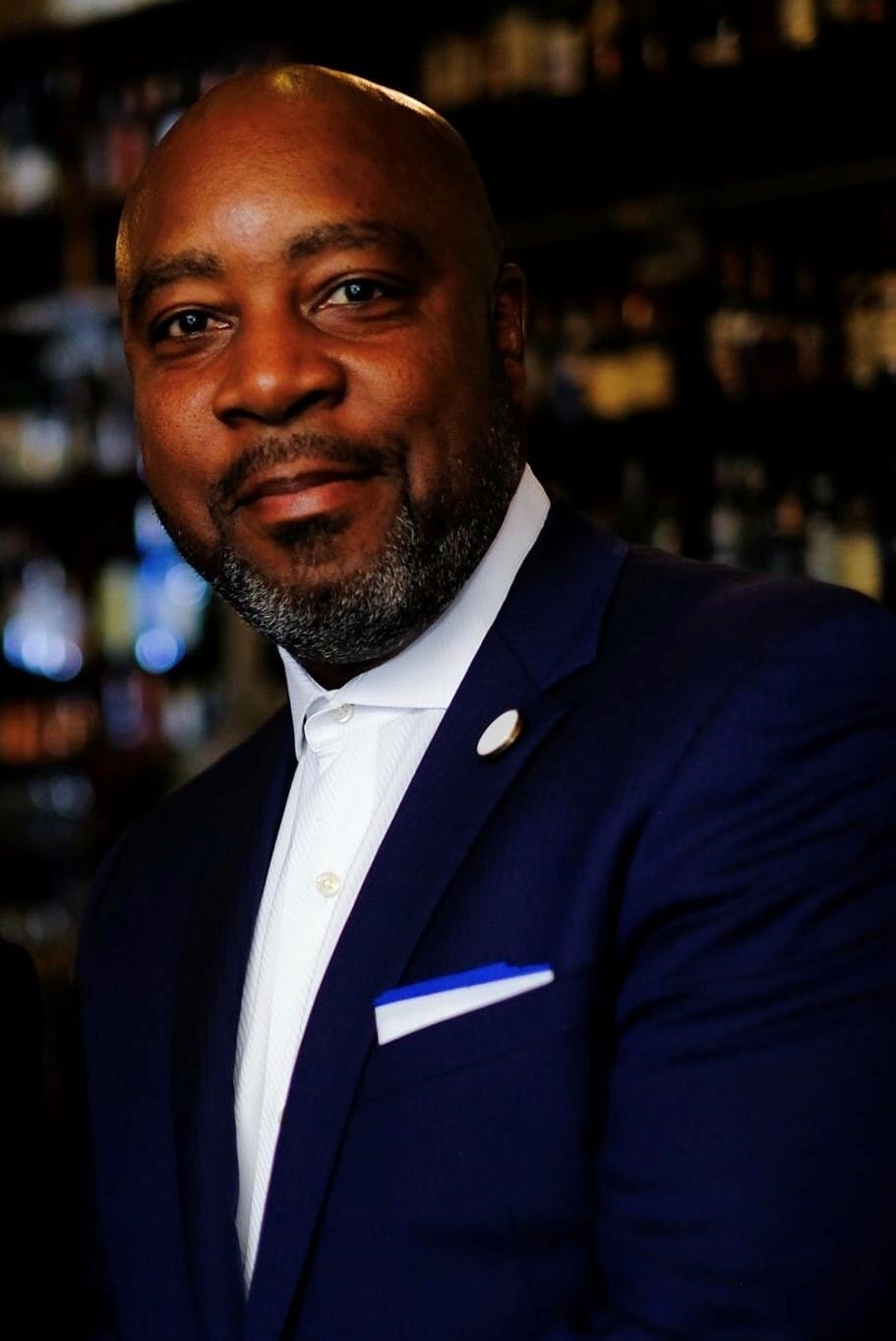
Torin Ellis will discuss inclusion and workplace culture during his keynote address at Spring HR Tech, a virtual and free event in March.
In the wake of police killings of unarmed Black Americans like George Floyd last year, the country witnessed a major shift in the tenor of the conversation on racial inequality. Perhaps like never before, corporations saw a demand to respond, and some did so with revamped training, new tech-powered strategies and a renewed focus on corporate culture.
That work represents real progress, but it’s “just the beginning,” notes Torin Ellis, author and expert on diversity, equity, inclusion and belonging strategy and risk mitigation. Ellis will deliver the closing keynote address March 19 at the free, virtual Spring HR Technology Conference, focusing his discussion on how organizations can shift the narrative to make inclusion and belonging sustainable.
Before the conference, Ellis touched base with HRE to talk about his own experiences advocating for corporate DEI and the trends he’s seeing in this area.
HRE: How did you get your start working in the DEI space?
Ellis: Two things happened. I ran a third-party recruiting agency from 1998 to 2010 or 2011. Throughout all of that time, I placed individuals who were typically in the $150,000-$300,000 [salary] range, and there was always a lack of representation. Always. The biggest callout for me was when a very large telecommunications provider came to me and said, “Torin, we need your help with a diversity search in Chicago. We can’t find Black or brown sales reps.” And I’m like, “You’re a major organization in a city like Chicago.” It was crazy to me. That was the first marker that said to me that organizations really needed help as it relates to representation.
Then, the second was when a white woman accused me of racism because I was doing a diversity search, and she caused me to lose a multimillion-dollar account. She called my client and said she was going to file an EEOC complaint because I was looking for a diverse or underrepresented candidate and, because she was a white woman, she couldn’t apply. And the client severed their relationship with me.
So those two events—those 12 years or more of recruiting and that one, five-minute phone call—now have me focused on doing D&I work for companies all around the world.
Click HERE to register for Spring HR Tech.
HRE: Is there a DEI strategy you’ve seen recently that has impressed you?
Ellis: Last year, the biggest win for me—and, for them, as far as I’m concerned—was that three of my clients decided they were going to measure their entire employee base in some way in terms of their contributions toward D&I. They said they would add a measurement on their performance evaluation for every employee—and that’s 60,000-100,000 employees. I loved hearing that because it shows we really can get organizations to move if we put the proper strategies in place, if we put the proper understanding in place, if we don’t just focus on the data or the business case or we ignore the social imperative—but rather, that we find some collaboration between all of that. It lands well with the organization. I got three to make that decision, and my goal this year is nine.
HRE: What role can employees themselves—through activism or involvement in ERGs, for instance—play in advancing the organizational commitment to DEI? And what is your advice for HR leaders on building those connections?
Ellis: They play a very important and vital role. You don’t have an organization without employees. I land on the side that people care more about this issue than they may show, or than they may know how to show. But, if we inspire, develop and motivate them in the right way, guide them in the right way, they may come around and play some part in how we’re advancing the conversation around D&I.
As it relates to HR, I think HR sees itself now not just as the administrative arm of the organization. HR is beginning to see itself as more of a business partner, an entity that can generate revenue, prevent costs, add efficiency. So, HR should be looking at ways to align with the business units and departments in the organization to help them advance whatever goals and objectives they have.